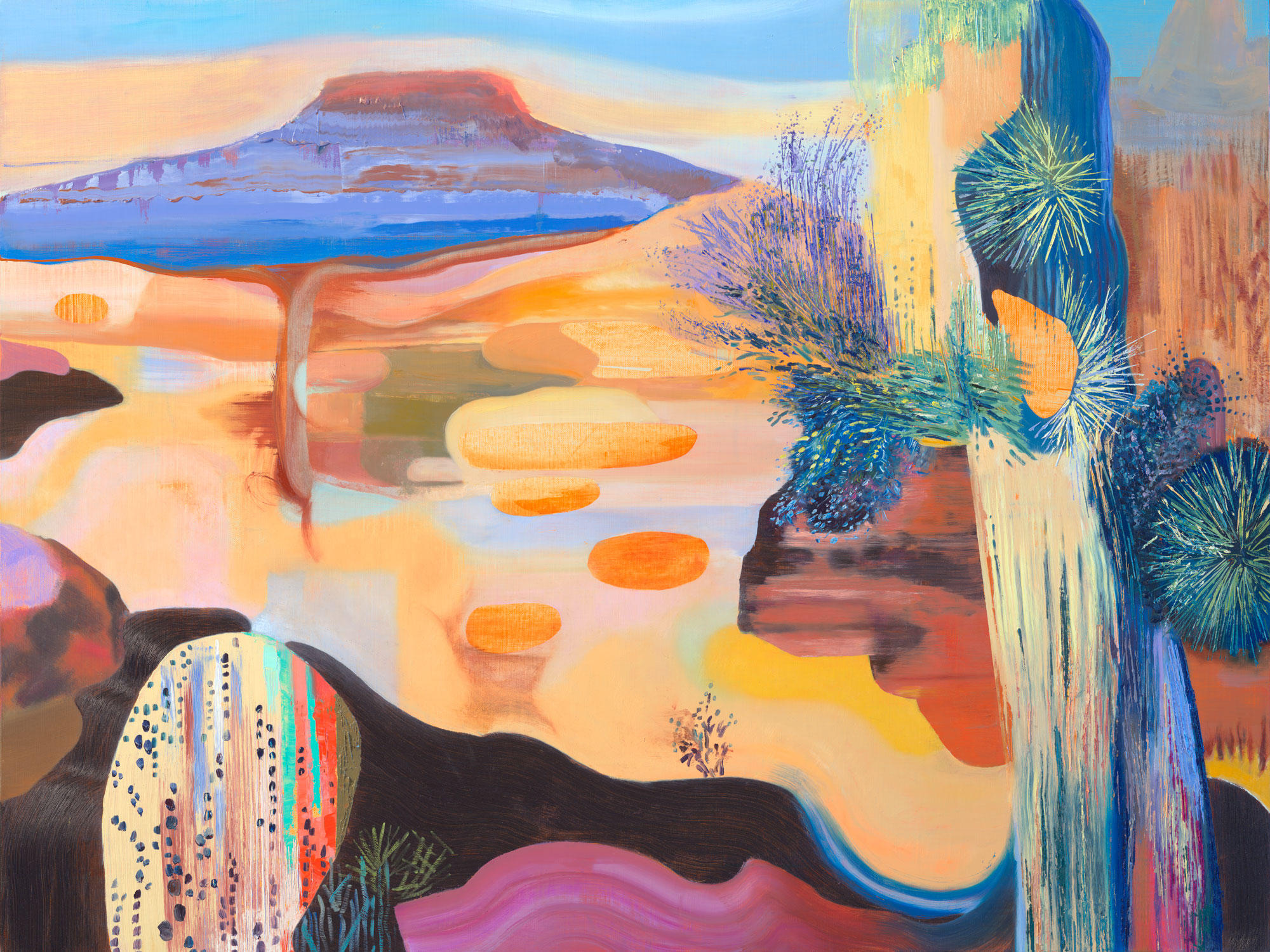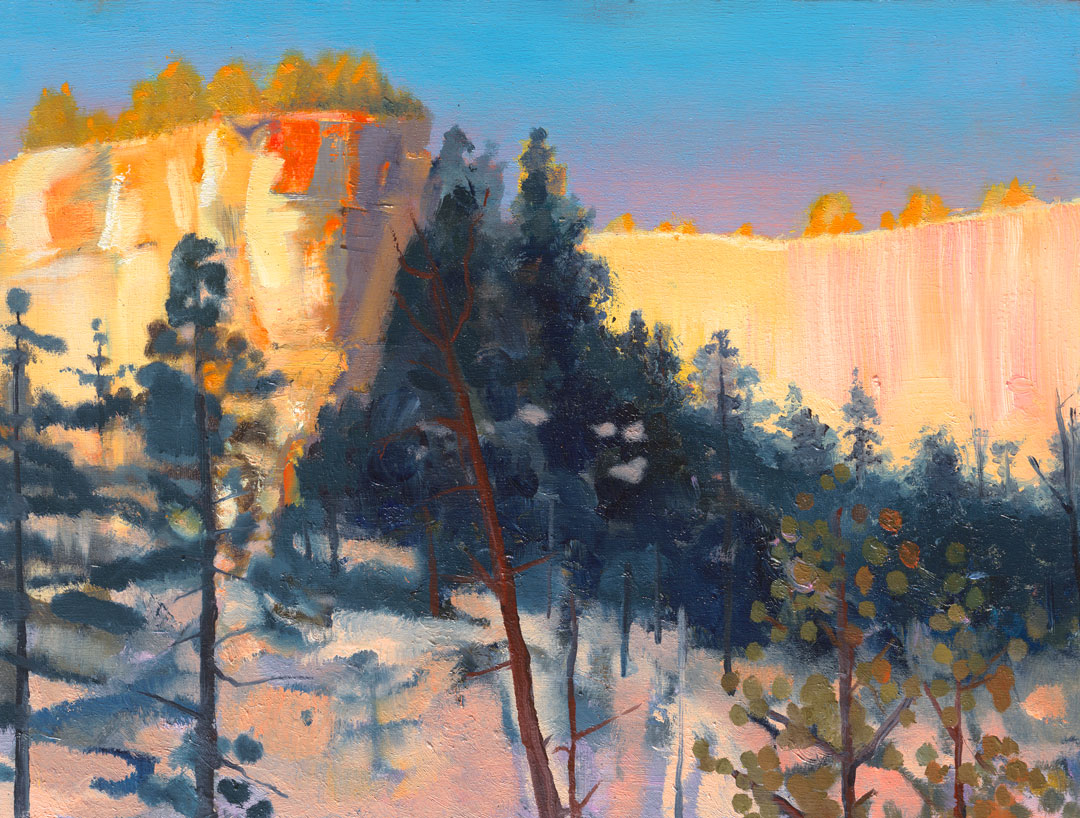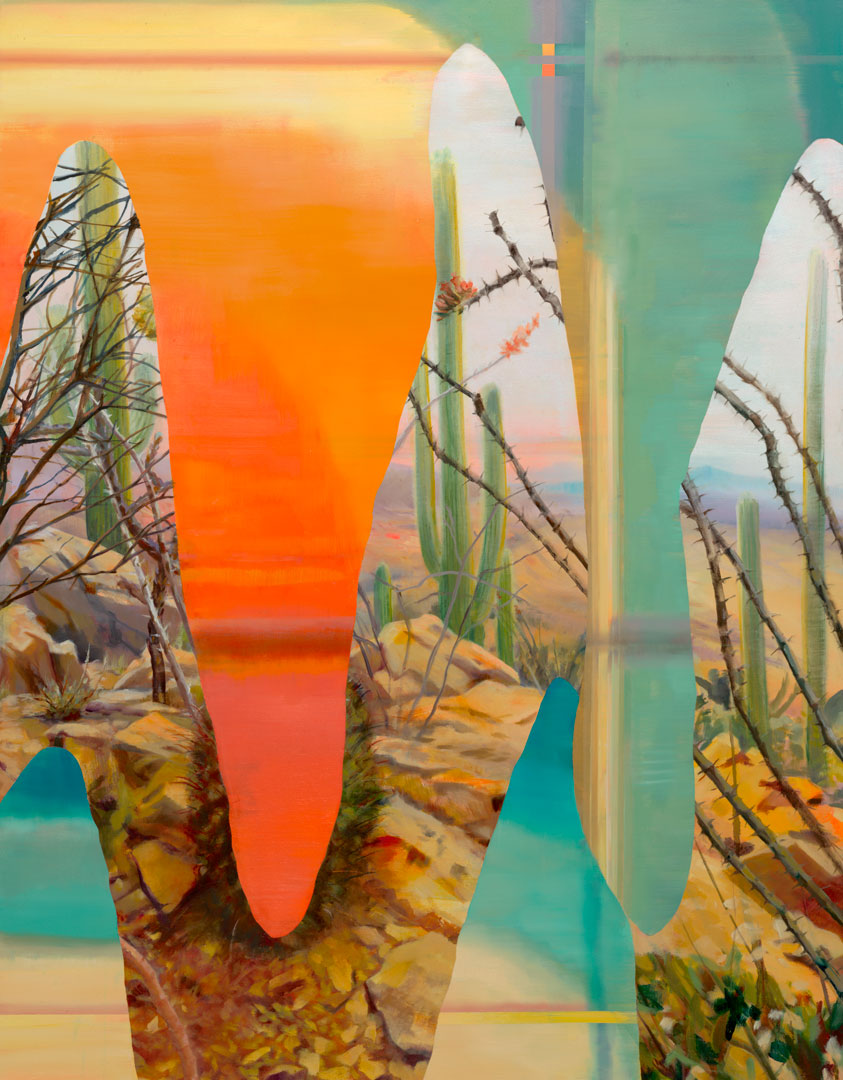We recently connected with Annie Varnot and have shared our conversation below.
Hi Annie, thanks for joining us today. Let’s kick things off with your mission – what is it and what’s the story behind why it’s your mission?
Life events have always shaped my art in profound ways. It all started at 15 when I switched from music to visual art—a decision driven by my struggles with anxiety. I found solace in art, a place where I could hide, away from the spotlight that made me nervous. In music, I’d black out on stage, but in visual art, I could pour my energy into something that wasn’t about me but about what I created. It was my escape from the chaos of my upbringing, a way to express what I couldn’t say. The more I immersed myself, the more it empowered me —it felt healthy and rewarding to create something that others applauded without being the center of attention.
Then came cancer, a life-altering experience that pushed my art in new directions. I created a massive installation with chicken eggs, a metaphor for fragility and survival. Without cancer, I never would have made that piece—it was a direct reflection of my experience. My work has always mirrored my life, evolving with each phase I go through.
Cancer and divorce led me to hike the Pacific Crest Trail. After two decades of sculpting with mixed media and found objects, I had a spiritual breakthrough on the trail. I felt an overwhelming sense of connection—an awareness that I was no longer separate from the world around me. The boundary between “me” and “everything else” dissolved. I realized then that I had to paint this feeling, to capture nature and our deep, interconnected bond with it. The hike was a rebirth, a shift in perspective, and it pushed me to embrace traditional materials—oil and canvas—yet with a fresh, modern vision.
Every life event, from switching mediums to facing cancer to hiking the PCT, has influenced my work in ways that feel necessary. Art, for me, is not just about creation—it’s about reflecting the journey of life itself. My mission in my paintings are to pay tribute to our interconnectedness with the land.


As always, we appreciate you sharing your insights and we’ve got a few more questions for you, but before we get to all of that can you take a minute to introduce yourself and give our readers some of your back background and context?
I’m Annie Varnot, a visual artist working primarily in painting, with a practice rooted in environmental awareness, emotional reflection, and a deep sense of place. I split my time between Brooklyn, New York, and New Mexico, and much of my work explores the complex relationship between humans and the natural world—how we affect it, and how it affects us.
I was born in 1972 in Barre, Massachusetts, into a life surrounded by nature and self-reliance. My mother was a forester and teacher; my father a carpenter, gardener, baker, and woodsman who practiced maple sugaring. Growing up immersed in a lifestyle centered around the land gave me an early, intuitive connection to the natural world that still informs my work today.
From the ages of 7 to 15, I was deeply involved in music. But at 15, struggling with anxiety, I shifted from performance to visual art. Art became a refuge—an emotional and creative outlet where I could express myself without being on display. While music overwhelmed me with its spotlight, painting allowed me to hide in plain sight and still connect with others. The process of making became therapeutic and empowering.
I hold a BS in Studio Art from Skidmore College and an MFA in Painting from the University of Massachusetts, Amherst. My work has been exhibited at Galapagos Art Space, Smack Mellon, Wave Hill Garden and Cultural Center, and the Islip Art Museum, among others. I’ve been honored with several awards and grants, including the Pollock-Krasner Foundation Grant, and have attended artist residencies at institutions such as MASS MoCA and Caldera Arts Center.
In 2017 and 2019, I hiked the Pacific Crest Trail and the Continental Divide Trail. Those long, immersive experiences reawakened my relationship with the land and brought me back to painting in a deeper, more focused way. Now, my time in New Mexico marks a powerful new phase in my work. The stark landscapes, ancient geology, and layered cultural histories challenge and inspire me. As someone who did not grow up in the Southwest, I bring an “outsider” lens that helps me notice and interpret the land differently—something that is central to my current body of work.
My paintings often reflect themes of impermanence, resilience, and adaptation—both ecological and emotional. I hope that my work invites viewers to feel a renewed connection to their environment, or at least to pause and see it more consciously.
What sets me apart is this dual lens: a deep-rooted intimacy with nature from my upbringing in New England, and long distance hikes in the American West combined with the wonder and inquiry of someone encountering the landscape anew and often in motion. My work bridges emotional personal narrative and broader ecological reflection.
I’m most proud of how my work has evolved over the years—particularly of being able to return to it with new vigor after long trails and deep internal shifts. I’m also proud of the ways my art resonates with others, often sparking conversations about place, hiking, and the environment.
If you’re a collector, gallery, curator, or fellow nature-lover, I invite you to explore my work. You can view and purchase pieces through my website: www.annievarnot.com attend exhibitions, or follow my ongoing creative journey on Instagram @annievarnot or Facebook at facebook.com/annievarnot. Whether you’re drawn to the landscapes I paint or the stories they hold, I hope you find something in them that speaks to your own sense of connection to nature.


Let’s talk about resilience next – do you have a story you can share with us?
I went to a small liberal arts college—idyllic in many ways, but isolated from the realities of the art world. I was trained to be a fine artist in the purest sense, but I graduated knowing almost nothing about the business of art or how to sustain a creative life financially. I received awards, scholarships, and encouragement to apply to top Ivy League grad programs—and I only wanted to go to the best.
When I was rejected by all of them, it crushed me. I moved across the country, and my 21-year-old ego was bruised. I kept making art because it was essential to my mental health, but I no longer shared it. The more I kept it to myself, the worse it got. Eventually, I realized I needed to be part of a creative community again, to learn and grow as a professional artist. I reapplied to grad school, this time with humility and clarity.
The resilience in this story lies in what I learned: making art requires failure. Rejection isn’t a verdict—it’s part of the process. Now, every time I fail, I see it as a sign I’m still showing up, still risking something. And that, to me, is success.


Learning and unlearning are both critical parts of growth – can you share a story of a time when you had to unlearn a lesson?
When I was in graduate school, I remember reading—or maybe being told in an art theory seminar—that to make truly avant-garde art, the work couldn’t be object-oriented or made with the intention to sell. If it was marketable, it was considered commercial. If it could be owned easily, itt was object-based. That idea stuck with me. So, I poured my energy into creating work that defied commodification and resisted tradition.
One piece, for example, was a large-scale installation made of 1,000 tiny envelope drawings. I suspended them to form a floating, ethereal cylinder—28 feet high and 8 feet wide—a swirl of intimate images hanging in space. It wasn’t something you could buy or hang on a wall. It existed as an experience, ephemeral and immersive.
At the time, I also heard repeatedly: “Painting is dead.” And of all the supposedly dead genres, landscape painting was considered the most lifeless. So I internalized that too, and had to unlearn it later.
Eventually, I came to understand that these were just critical theories of the times that change with time. When I started to disconnect from my conceptual installation based art practice, I actually became a painter, which meant I had to let go of these former ideologies. I doing so I realized painting isn’t dead—any more than singing is dead. You can make paintings that are beautiful, original, and deeply resonant. Even landscapes! Especially landscapes! The challenge isn’t whether a medium is relevant—it’s what you do with it.
Contact Info:
- Website: https://www.annievarnot.com
- Instagram: @annievarnot
- Facebook: https://facebook.com/annievarnot




